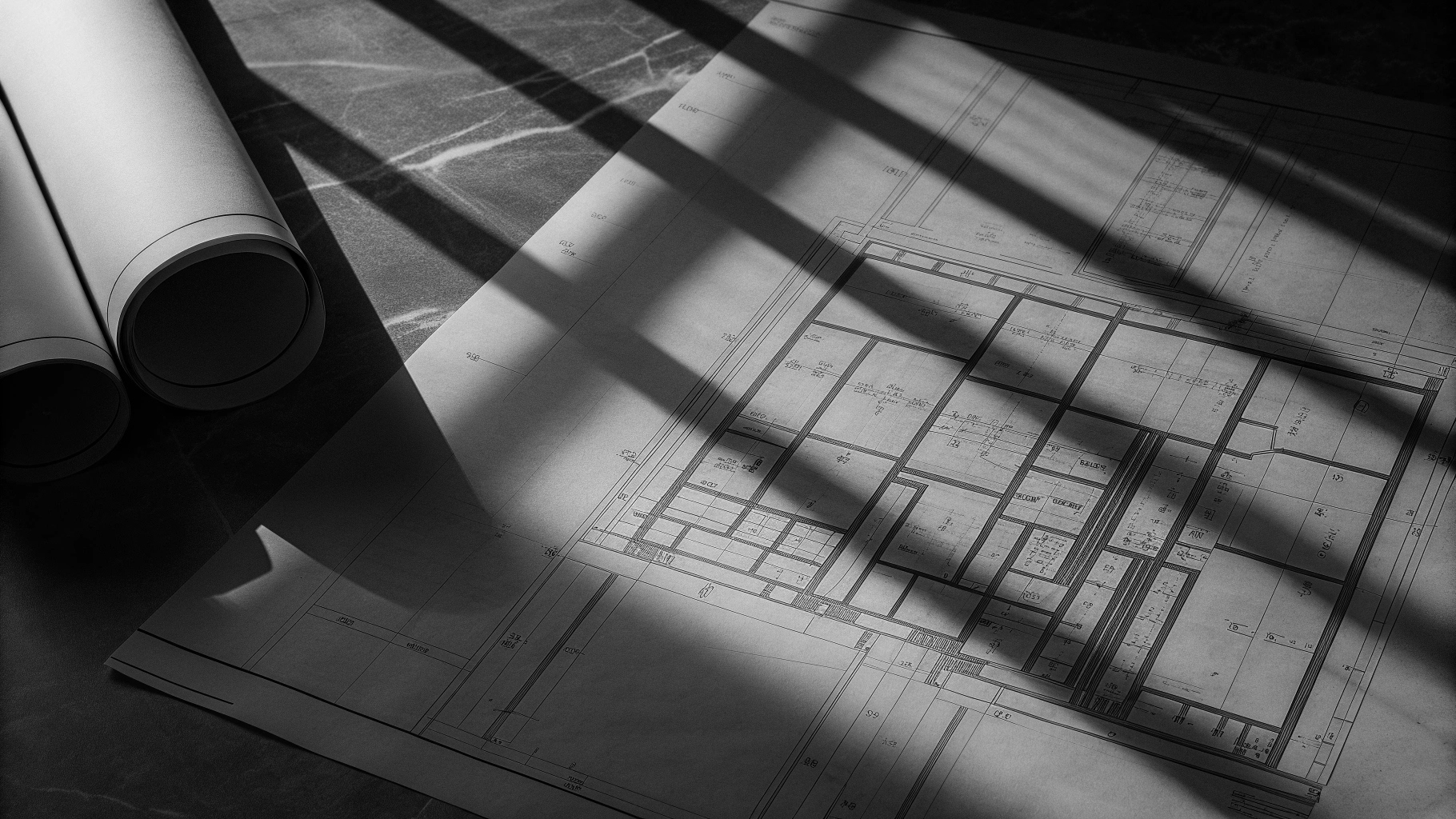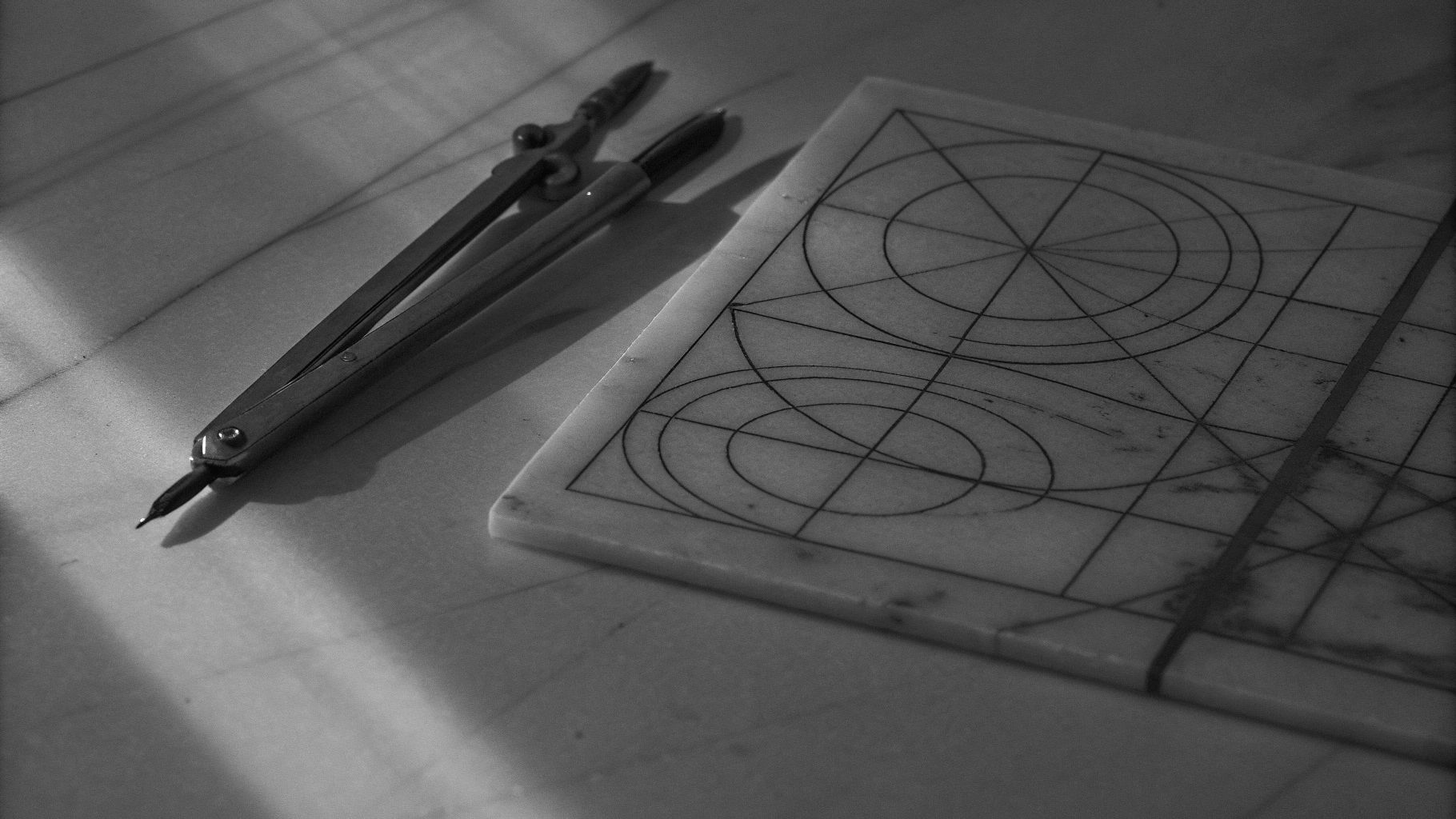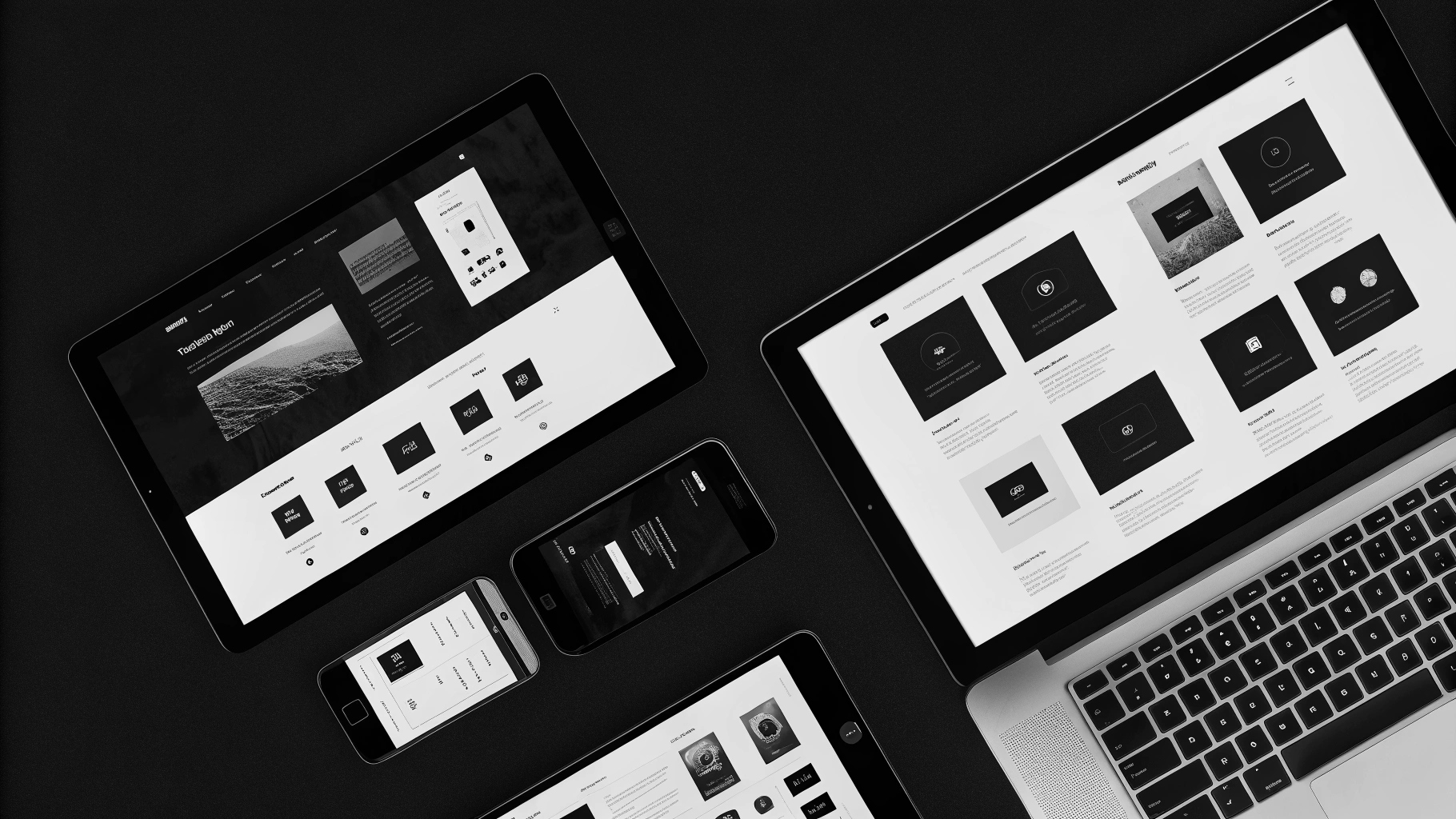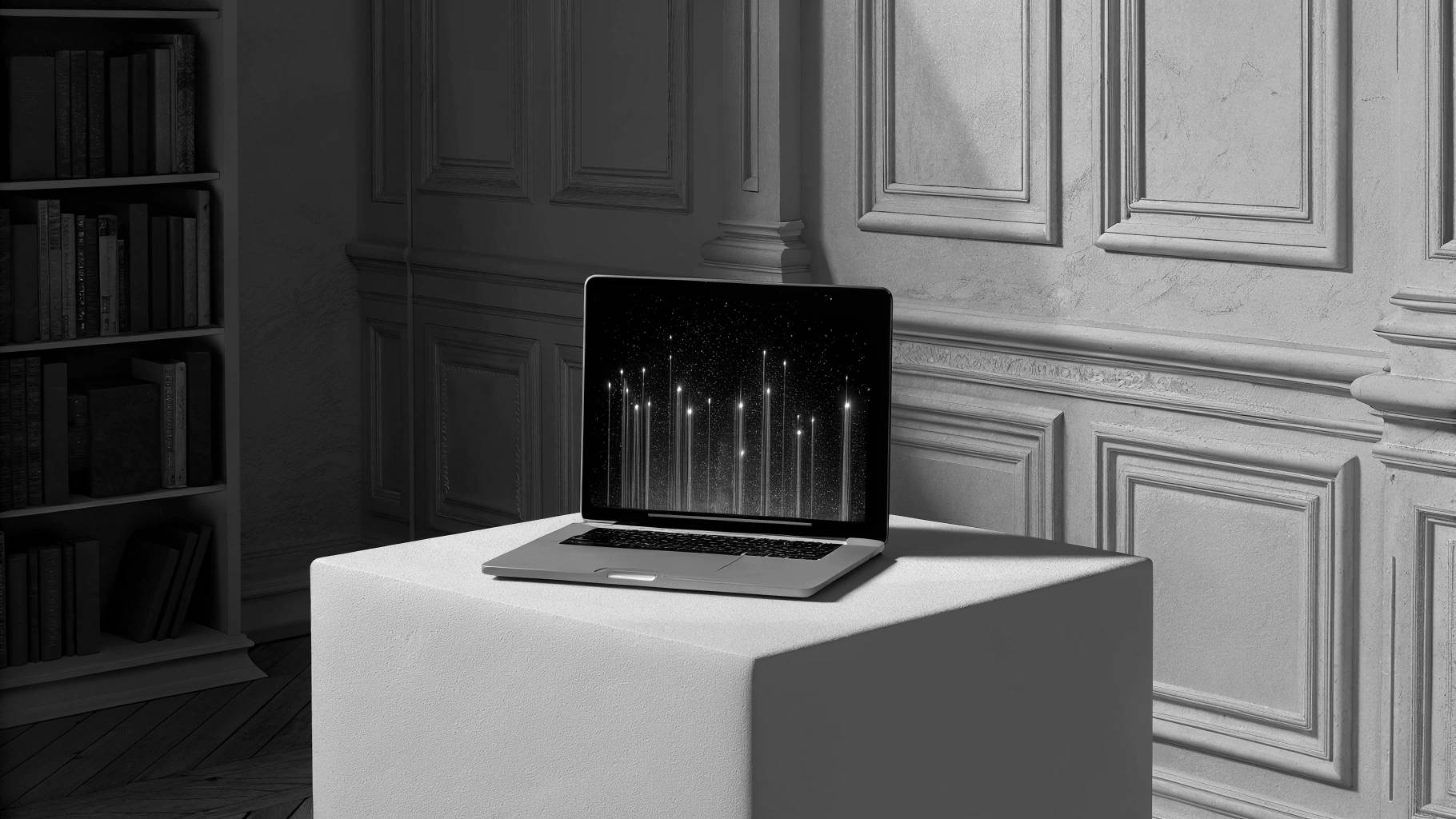Design transcends mere aesthetics it is the sophisticated language through which extraordinary brands communicate their deepest values and most compelling promises. In an era where visual noise overwhelms every marketplace, masterful design emerges as the silent architect of trust, loyalty, and lasting competitive advantage.

A meticulously crafted brand identity functions as an organization's visual ambassador, silently negotiating trust agreements with discerning audiences across global markets. Leading business analysts now recognize that thoughtful design represents "not merely an aesthetic enhancement, but the fundamental cornerstone of any sophisticated communication strategy."
This strategic approach to visual communication cuts through market saturation with surgical precision, rendering brands instantly recognizable and inherently trustworthy in the minds of their intended audiences.
The Architecture of Business Excellence
Design's strategic influence manifests through five foundational principles that distinguish market leaders from mere participants:
- Human-Centered Innovation: Design thinking transforms abstract creativity into a systematic methodology for breakthrough solutions. By orchestrating a defined process empathy mapping, strategic ideation, rapid prototyping, and iterative refinement organizations can generate innovative solutions with unprecedented efficiency and precision.
- Measurable Strategic Impact: The financial returns of exceptional design are both substantial and quantifiable. Comprehensive research reveals that top-quartile design organizations achieve roughly 32 percentage points higher revenue growth and 56 points superior total returns over five-year periods compared to their competitors.
- Brand Expression Mastery: Design serves as an organization's most sophisticated "visual vocabulary." Consistent, intentional design across all touchpoints from digital interfaces to physical environments communicates brand values with remarkable clarity and emotional resonance.
- Trust Architecture: Professional, high-caliber design signals organizational reliability and meticulous attention to detail. Every design decision shapes customer perception, with consistency building the foundation for enduring trust and preference.
- Market Differentiation: In oversaturated markets, distinctive design becomes the decisive factor that transforms commoditized offerings into memorable experiences that customers actively seek and recommend.

Design Thinking: The Systematic Path to Innovation
Design thinking revolutionizes creativity by transforming it into a repeatable, strategic process. Harvard Business School research emphasizes that its "primary value lies in providing a defined methodology for innovation," making ideation exponentially more efficient than traditional trial-and-error approaches.
The Strategic Design Process
This methodology encourages teams to immerse themselves completely in their customers' reality. Early empathy workshops reveal hidden needs and unspoken desires, while rapid prototyping transforms these insights into tangible experiments. Measuring authentic reactions and iteratively refining designs maintains perfect alignment with evolving user expectations.

Building Trust and Identity Through Strategic Design
Design shapes not merely visual appearance, but fundamental organizational perception. Every visual and interactive element expresses core values with remarkable precision. Calm blue palettes and soft geometries convey reliability and care, while bold, architectural design might signal precision and cutting-edge innovation.
Strategic choices in color psychology, typographic hierarchy, and spatial relationships evoke specific emotional responses and forge deeper connections with intended audiences. High-precision industries often favor sleek, minimalist aesthetics to suggest uncompromising craftsmanship, while service-oriented organizations might employ warm, approachable visuals to communicate safety and empathy.

Embedding Design Excellence in Leadership Culture
Top-performing organizations elevate design to C-suite priority status. McKinsey analysis reveals that the strongest financial performers "assessed their design performance with the same analytical rigor they applied to revenue tracking and cost management." These organizations treat design with the same strategic importance as finance, operations, or market development.
Cultural Excellence Practices
- Executive Championship: Design leaders maintain influential voices in strategic discussions. Market-leading companies consistently feature strong, design-centered visions endorsed by CEOs and senior leadership teams.
- Metrics and Intelligence: Organizations measure usability, customer satisfaction, and experience quality with the same precision applied to traditional KPIs. Real-time feedback from social platforms, analytics, and user testing provides continuous performance insights.
- Cross-Functional Integration: Designers, engineers, marketers, and service representatives collaborate seamlessly on projects. This perspective blending eliminates organizational silos and produces richer, more customer-aligned outcomes.
- Iterative Learning Culture: Organizations encourage rapid prototyping and controlled experimentation. Fast iterations enable companies to adapt swiftly to market evolution and innovate continuously.
Design-centric cultures systematically eliminate departmental barriers. Leading organizations "embrace comprehensive user experience design" by integrating physical, digital, and service design elements. Marketing, product engineering, and creative teams collaborate on everything from product architecture to digital interfaces to packaging design, ensuring seamless customer journeys.

A Foundation for Enduring Competitive Advantage
Design represents far more than contemporary trends it constitutes a lasting foundation for sustainable growth. Many of the world's most prestigious design institutions were established on the fundamental premise that superior design strengthens entire industries and economic ecosystems.
This legacy ensures that businesses built upon robust design principles tend to thrive in global markets. In today's interconnected digital landscape, customers continuously communicate preferences and expectations. Organizations that position users at the center of their design philosophy can pivot more effectively and respond to market evolution with remarkable agility.
Over decades, this approach creates organizational resilience and future-proofs business models. Companies that emphasize design excellence cultivate cultures of continuous improvement and calculated risk-taking, recognizing that dependence on historical success formulas represents an existential threat to long-term viability.
Investing in design capabilities and talent today means embedding adaptability into organizational DNA. This strategic resilience delivers compounding returns as markets evolve, technologies advance, and customer expectations mature.
The Strategic Imperative
Design represents the bedrock of sustainable competitive advantage. It must be woven into strategy, culture, and operations never treated as a cosmetic afterthought. Organizations that embrace this philosophy enjoy clear advantages: accelerated growth, deeper customer loyalty, and an enduring brand identity that transcends market fluctuations.
In our interconnected global economy, design functions as the sophisticated bridge between organizations and their audiences, forming the foundation for long-term competitive superiority and market leadership.
For deeper insights into design's strategic business impact, explore our comprehensive research from leading industry publications including McKinsey, Forbes, Harvard Business School, and other trusted analytical sources.